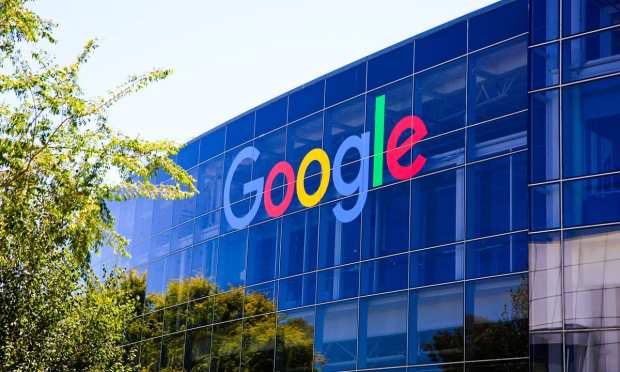Alphabet Strikes Retail-Friendly Pose In Q3 Earnings

Google parent Alphabet reported Thursday (Oct. 29) that it enjoyed solid Q3 revenues as consumers began to spend again and advertisers followed by reopening their ad budgets. The company also pointed to several new features as it continues to be position itself as an accessible promotional and shopping platform for retailers.
“This is the third quarter we’re reporting earning during the COVID-19 pandemic,” Alphabet CEO Sundar Pichai said in an analyst call accompanying the earnings release. “Access to information has never been more important. This year, including this quarter, showed how valuable Google’s founding product — Search — has been to people.”
For instance, he said Google Search and Google Maps now display information about more than 2 million businesses worldwide that offer contactless delivery or curbside pick-up. Pichai said Alphabet has also used artificial intelligence (AI) to make calls to 3 million businesses to display information about things like temporary closures.
“We also investing in improving the shopping experience in Search to help people find the best product and price available from a large range of merchants,” he said.
For example, Pichai said the company has added price comparisons to help consumers know if they’re getting a good deal, along with an alert function notifying consumers if an item they’re tracking goes on sale.
“These investments are also benefiting merchants and advertisers and helping them recover,” he said. “As of today, merchants can list products for free on our shopping tab in 48 countries around the world … If you’re a small-business owner, you can set up your first campaign [and] create your first ad in 15 minutes from your mobile device.”
Pichai added that the company has opened up its platform to PayPal and Shopify for integration as well.
He also said Alphabet is seeing advertisers embrace YouTube as a “mid-funnel” to build brand awareness even if someone isn’t yet in buying mode.
“Search captures the intent of the moment, [but] YouTube is an important platform for eCommerce as well,” Pichai said. “I can see advertisers … investing to create demand, create interest and so forth. For us, we see commerce working across the platform, and I think that’s an opportunity.”
All told, Alphabet said search and other advertising revenues rose 6 percent year over year to $26.3 billion in the quarter as advertiser spend began to pick up in August. Network ad revenues rose 9 percent year on year to $5.7 billion, while ad sales at YouTube shot up 32 percent to $5 billion.
Chief Financial Officer Ruth Porat said advertisers “really reactivated their budgets in the third quarter. They’re reacting in part to evidence that consumers are showing strong demand across nearly all verticals. It’s everything from home and garden to computer to work for home.”
As for other segments, Alphabet reported that revenues for its cloud business (GCT and Google Workspace) soared 45 percent to $3.4 billion amid companies’ increased digital shift and work-from-home moves.
The company added that its “Other Revenues” category gained 35 percent year on year to $5.5 million, primarily driven by growth in Google Play and YouTube subscription and other non-advertising revenues.
Porat said Google Play saw ad revenues “benefit primarily from an increase in the number of active buyers, as well as an increase spend per buyer. Within YouTube subscription revenue, we continued to benefit from subscriber growth across its various offerings.”
Pichai also spoke briefly on the U.S. Justice Department’s recent moves against Alphabet for alleged antitrust violations, saying: “We’ll make our case, [and] whether there is feedback or rulings, we’ll be flexible and adapt. … But at the end of the day, what’s on our control is our ability to relentlessly focus on users to build great products — and that’s where most of our energy will go.”
All in, Alphabet reported earning $16.40 per share for Q3, crushing analyst expectations of $11.29. Total revenue came in at $46.17 billion, beating the $42.90 billion analysts had expected.
